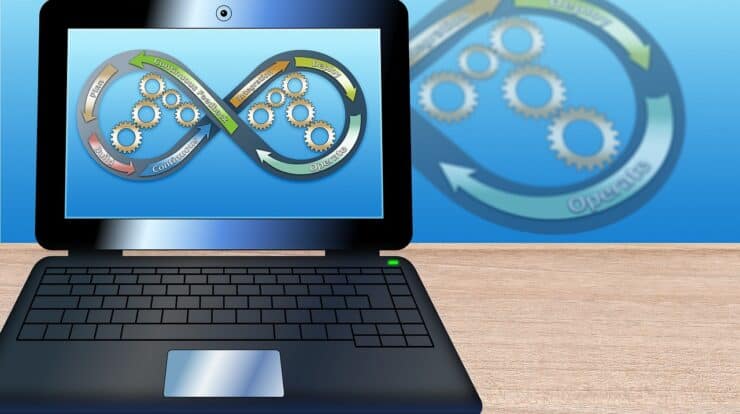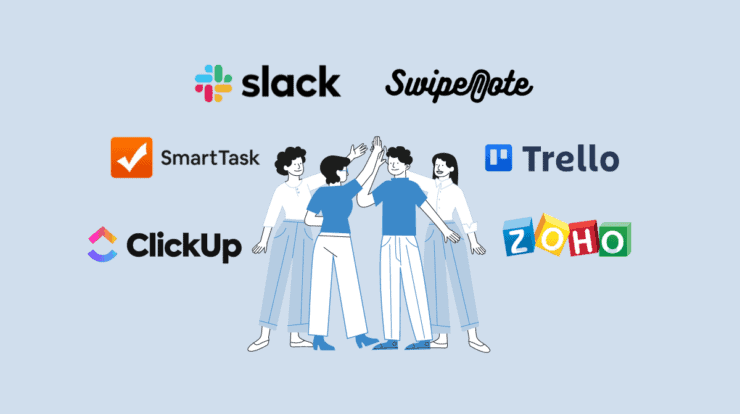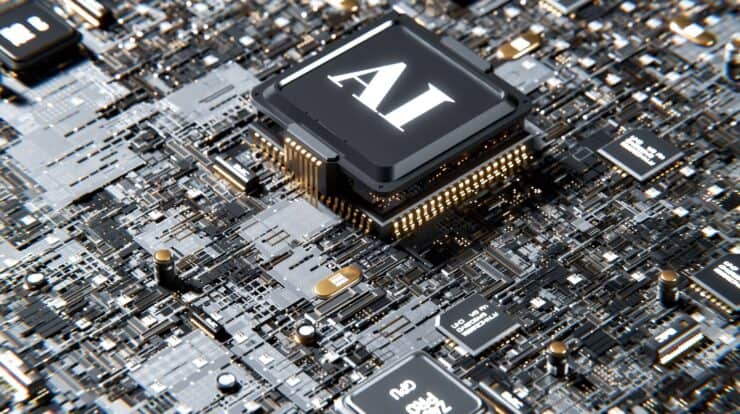
Choosing your business between a cloud platform and traditional IT structures may feel daunting, but it doesn’t have to be. Weighing the pros & cons of each option can help you determine which is best suited for your organisation.
But first, let’s take a look at the difference between the two.
Traditional IT infrastructure
Organisations typically use traditional IT infrastructure, which comprises numerous servers and hardware connected to a secure network.
Through the remote server – usually installed on-site in their office environment – users can access data storage, applications and more. This helps ensure employee productivity is maintained at optimal levels, with business information constantly available for quick retrieval by authorised personnel.
Additionally, as this type of setup relies heavily on physical machines that need constant upkeep, it’s crucial to have experienced technicians or engineers overseeing its regular maintenance schedule so problems are quickly identified before they cause any significant disruptions to operations.
Cloud Computing
Business computing has taken a significant turn with the advent of cloud technology. Now, businesses don’t need to invest in their physical servers or hardware and can store data and access applications on remote third-party storage options.
This type of offsite hosting frees up internal resources while providing secure accessibility from anywhere around the globe – something that wasn’t possible before! Many companies have already switched to this modern era model for business operations, whereas others are about ready to join them soon enough.
It would be best to consider several factors when choosing an IT infrastructure for your company. Here are some steps you can follow to make the correct choice:
Define your business requirements
The first step is to understand your business needs and the type of workloads you need to run. This includes factors such as the size of your business, the data you need to store and process, and your applications’ performance and availability requirements.
Evaluate the options
Once you understand your business requirements, you can evaluate the different computing models available to you. Traditional computing involves installing and maintaining hardware and software on-premises, while cloud computing involves accessing resources and services over the internet. Hybrid computing combines both benefits, allowing you to use a mix of on-premises and cloud resources.
Consider the costs
Cost is an essential factor to consider when choosing an IT infrastructure. Traditional computing can be expensive, requiring you to invest in hardware, software, and maintenance.
Cloud computing can be more cost-effective, as you only pay for the resources you use and do not have to worry about maintenance. Hybrid computing can also be cost-effective, as you can choose the resources and services that are most cost-effective for your business.
Think about scalability and flexibility
Another vital factor to consider is the ability of your IT infrastructure to scale and adapt to changing business needs. Cloud computing is highly scalable, as you can easily add or remove resources as needed.
Traditional computing can be less flexible, requiring you to purchase and install additional hardware and software. Hybrid computing balances scalability and flexibility, as you can choose the most appropriate resources for your business needs.
Consider security and compliance
Security and compliance are critical considerations when choosing an IT infrastructure. Traditional computing can provide more control over security, as you have physical access to your hardware and software.
Cloud computing can also be secure if you choose a reputable provider and follow best practices for security. Hybrid computing balances security and flexibility, as you can select the resources and services that meet your security and compliance needs.
Consider the level of expertise and support required
Finally, consider the expertise and support required to maintain your IT infrastructure. Traditional computing can require more knowledge and resources, as you need to manage hardware and software on-premises. Cloud computing can be easier to manage, as the provider takes care of maintenance and support.
Hybrid computing can balance expertise and support, as you can choose the resources and services most suitable for your business needs.
Considering these factors, you can make an informed decision about the best IT infrastructure for your company.


